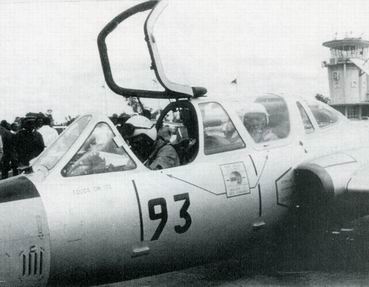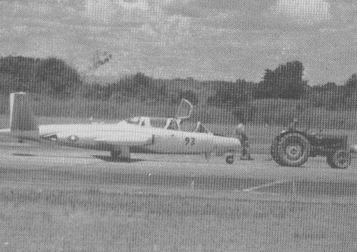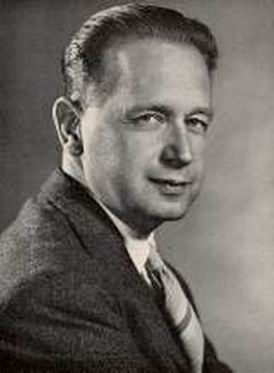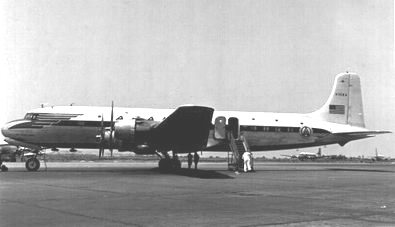Well another Partizan done and dusted, as always fabulous and I think the best event in the UK for historical Wargaming. This year I helped set up and play on “the Bunkers, Free State Of Jones” Brother against Brother ACW game. I also completed a bit of shopping and caught up with a lot of people from the Rapid Fire we2 world and from the Analogue Painting Challenge lads. I did a nice bit of shopping picking up the new 28mm 50 odd Perry Vendee and Chouan range, 2 cavalry box’s hussars, 3 boxes victrix French, two blood bowl teams halflings and goblins, front rank 6lb guns, loose 2000ad figs, Calpe Prussian landwehr cavalry, EWM Belgians and German bits, Britannia bits, gripping beast celts and Gringo 40 Mamelukes.
A few pics from the day of ww2 tables and Vietnam table
 |


















































